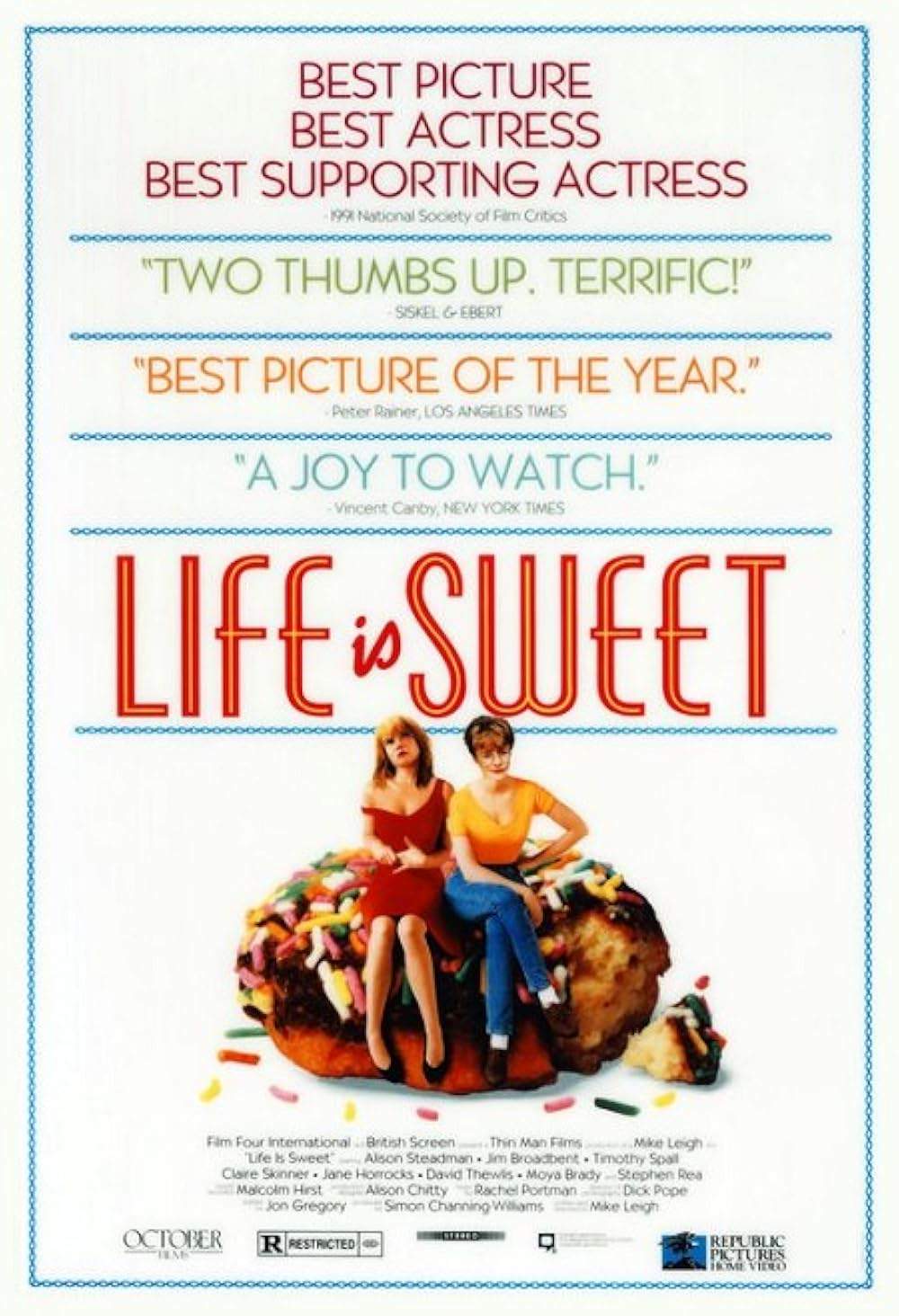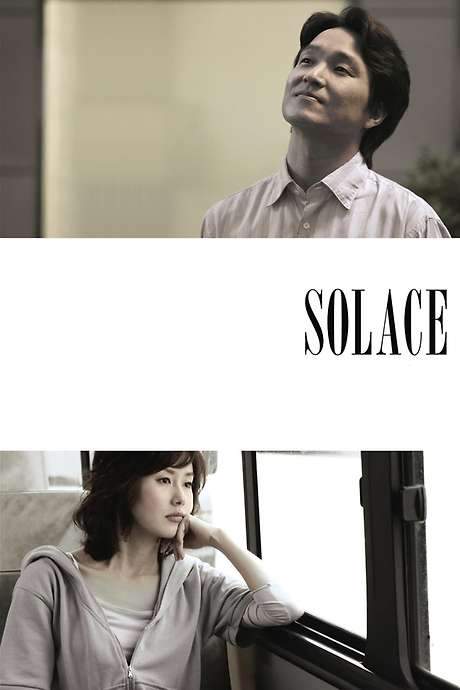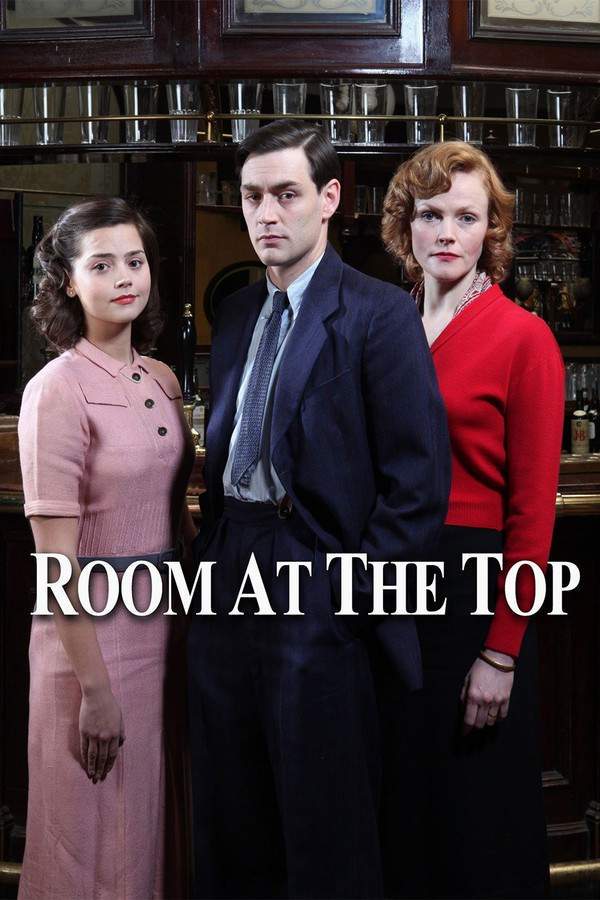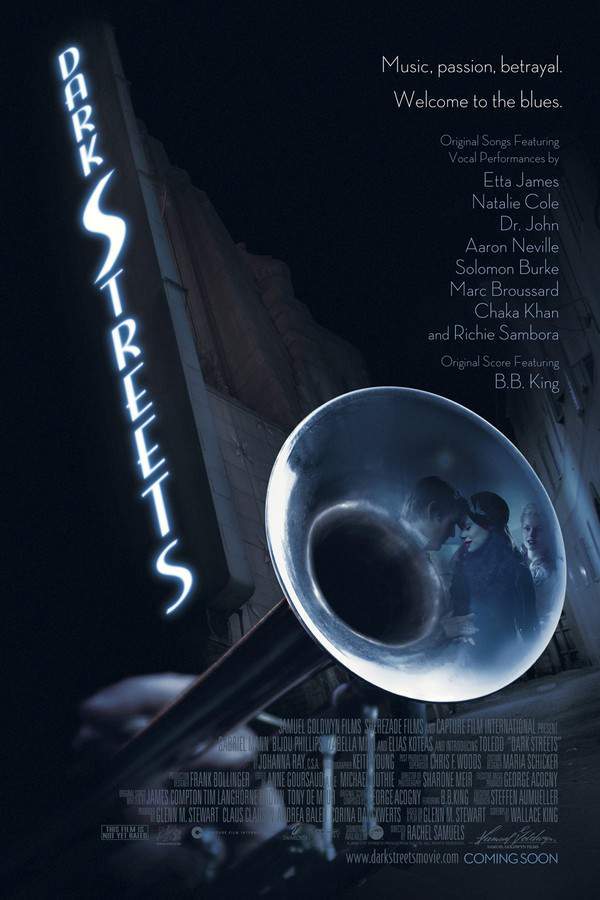
The Dark at the Top of the Stairs
Year: 1960
Runtime: 124 mins
Language: English
Director: Delbert Mann
In 1920s Oklahoma, Rubin Flood is laid off when his traveling‑salesman firm collapses, heightening tension at home. His wife Cora is distant as they struggle financially. Their teenage daughter Reenie, shy about dating, befriends Sammy Golden, a troubled Jewish boy. Rubin storms out after Cora falsely accuses him of an affair with Mavis Pruitt.
Warning: spoilers below!
Haven’t seen The Dark at the Top of the Stairs yet? This summary contains major spoilers. Bookmark the page, watch the movie, and come back for the full breakdown. If you're ready, scroll on and relive the story!
The Dark at the Top of the Stairs (1960) – Full Plot Summary & Ending Explained
Read the complete plot breakdown of The Dark at the Top of the Stairs (1960), including all key story events, major twists, and the ending explained in detail. Discover what really happened—and what it all means.
During Prohibition-era Oklahoma, Rubin Flood [Robert Preston] builds a comfortable life as a successful harness and saddle salesman, a trade that begins to feel the squeeze as the automobile era takes over and demand shifts. He loves his family, but the weight of a looming change sits between him and his wife, Cora Flood [Dorothy McGuire], whose practical, protective nature often translates to worry over money and appearances. When Rubin learns that his company is shutting down, he cannot bring himself to tell her the bad news, and the strain in their relationship quietly creeps into every argument. A late-night stop at a pharmacy for what passes as “medicinal” relief underlines his fear and helplessness, while Cora is out with their daughter Reenie Flood [Shirley Knight], shopping for a party dress and trying to keep life buoyant for the children.
The tension between concealment and truth erupts at home. Rubin cannot admit the job loss, and a clash over Reenie’s dress spirals into a broader rift about fidelity and desire. When Cora accuses Rubin of infidelity with the local widow Mavis Pruitt [Angela Lansbury], a Baptist of quiet charm, the atmosphere turns volatile: Rubin slaps Cora and storms out into the night. The morning after, Reenie, who witnessed the earlier quarrel, darts into the street, a misguided move that ends with a car swerving and crashing into a tree. The driver, Sammy Golden [Lee Kinsolving], escapes unharmed and, from that moment, a complicated attraction quietly begins to bloom between Sammy and Reenie, a detail that future gossip townsfolk will later weaponize.
Back at home, Cora reaches out to her older sister Lottie Lacey [Eve Arden], seeking advice and reassurance, while Rubin, flushed with liquor, slips into Mavis’s beauty salon and, unknowingly, into the gaze of two town gossips. He confesses a sense of neglect from Cora—she has seemingly ignored him for years—and admits a longing for Mavis. When Mavis gently rebuffs his advance, Rubin drifts off to sleep on her sofa, the evening lowering its blinds on their fraught marriage.
A few days pass and family life creaks on. Lottie and her husband come for dinner, and Cora asks if the kids can stay with them for a spell, hoping to shield them from the tremors at home. Rubin returns, offering a cautious apology, but the town’s whispers do not stay quiet. The gossipmongers regale Cora with news of Mavis, and the old fault lines flare anew: Rubin accuses Cora of emotional distance, while she counters that money worries and fear of the unknown keep her from being openly intimate. Reenie’s party plans bring a fraught moment: Flirt Conway and her boyfriend arrive, and Reenie’s date, Sammy, appears. Tension peaks when guests at the country club deride Reenie for bringing a Jew to mingle with the social crowd, exposing deep-rooted prejudice that threatens to fracture the family.
The party ends poorly for Reenie and Sammy. After a bitter exchange, Sammy leaves Reenie at home, and she finds Rubin still awake in the living room. Rubin, now openly admitting the loss of his job, shares the fear that has haunted him since the layoffs. The next morning brings more tragedy: Sammy’s suicide attempt becomes a stark reminder of how fragile life has become under the weight of judgment and loss. In a moment of raw honesty, Reenie rushes to the hospital and declares that she does not care what others think of her choices.
Cora, moved by the crisis, resolves to ease the strain on their son Sonny Flood [Robert Eyer], promising to curb her over-protectiveness so he can mature into a confident, capable young man. Soon after, a call confirms that Sammy has died, a blow that exposes how fragile young love and adult pride can be. Rubin seeks out Mavis at her salon, and she finally confesses a long-standing love for him, even as she reveals Rubin’s fidelity to Cora and the truth of his unemployment. The revelation stings, but it also sets the stage for a turn of fortune.
A new chapter begins as Rubin lands a fresh position as a salesman at an oil drilling equipment company. He returns home to a softened, if still-brittle, atmosphere: Cora has sent Reenie to stay with Lottie for a spell to heal from the sorrow. Rubin and Cora begin to invest more attention in each other’s needs, choosing to navigate their stubborn pride with a renewed sense of partnership. In a quiet, hopeful moment, Rubin pays for two of Sonny’s former tormentors to enjoy a movie, signaling a reawakening of generosity and responsibility. The couple’s reconciliation deepens as Rubin follows his wife up to the bedroom, a simple closing gesture that hints at a more patient, resilient future for their family.
Last Updated: October 09, 2025 at 12:40
Explore Movie Threads
Discover curated groups of movies connected by mood, themes, and story style. Browse collections built around emotion, atmosphere, and narrative focus to easily find films that match what you feel like watching right now.
Family dramas under strain like The Dark at the Top of the Stairs
Domestic dramas where external crises expose hidden family fractures.If you appreciated the tense household dynamics in The Dark at the Top of the Stairs, this thread gathers movies where families face external pressures that test their bonds. These similar dramas explore marital strife, financial insecurity, and societal judgments, often set against a specific historical backdrop.
Narrative Summary
These stories typically follow a family unit as it confronts a destabilizing force. The narrative unfolds through interconnected personal crises for each family member, building towards a climax that either breaks the family apart or forges a new, more honest understanding among them.
Why These Movies?
Movies in this thread share a focus on the domestic sphere as a pressure cooker. They feature medium-intensity emotional weight, a steady pacing that allows character conflicts to simmer, and a tone that balances the melancholy of strife with the possibility of hope, often resulting in a bittersweet resolution.
Movies with bittersweet reconciliations like The Dark at the Top of the Stairs
Stories where characters endure great sadness to find a cautious new beginning.For viewers who liked the journey from sorrow to cautious hope in The Dark at the Top of the Stairs, this collection highlights movies that balance sadness with redemption. These films share a pattern of characters overcoming profound struggles to achieve a realistic and emotionally satisfying, if not perfectly happy, ending.
Narrative Summary
The narrative pattern involves characters being tested by serious life events, often leading to a period of separation, grief, or profound change. The climax is not about a total victory but about acceptance, forgiveness, or a clear-eyed new start, acknowledging the scars of the past while moving forward.
Why These Movies?
These films are grouped by their distinctive emotional arc: they sustain a significant level of sadness and confront disturbing themes, yet their core tone remains bittersweet rather than bleak. They offer a cathartic experience that acknowledges pain but ultimately affirms resilience and the possibility of healing.
Unlock the Full Story of The Dark at the Top of the Stairs
Don't stop at just watching — explore The Dark at the Top of the Stairs in full detail. From the complete plot summary and scene-by-scene timeline to character breakdowns, thematic analysis, and a deep dive into the ending — every page helps you truly understand what The Dark at the Top of the Stairs is all about. Plus, discover what's next after the movie.
The Dark at the Top of the Stairs Timeline
Track the full timeline of The Dark at the Top of the Stairs with every major event arranged chronologically. Perfect for decoding non-linear storytelling, flashbacks, or parallel narratives with a clear scene-by-scene breakdown.

Characters, Settings & Themes in The Dark at the Top of the Stairs
Discover the characters, locations, and core themes that shape The Dark at the Top of the Stairs. Get insights into symbolic elements, setting significance, and deeper narrative meaning — ideal for thematic analysis and movie breakdowns.

More About The Dark at the Top of the Stairs
Visit What's After the Movie to explore more about The Dark at the Top of the Stairs: box office results, cast and crew info, production details, post-credit scenes, and external links — all in one place for movie fans and researchers.

Similar Movies to The Dark at the Top of the Stairs
Discover movies like The Dark at the Top of the Stairs that share similar genres, themes, and storytelling elements. Whether you’re drawn to the atmosphere, character arcs, or plot structure, these curated recommendations will help you explore more films you’ll love.
Explore More About Movie The Dark at the Top of the Stairs
The Dark at the Top of the Stairs (1960) Scene-by-Scene Movie Timeline
The Dark at the Top of the Stairs (1960) Movie Characters, Themes & Settings
The Dark at the Top of the Stairs (1960) Spoiler-Free Summary & Key Flow
Movies Like The Dark at the Top of the Stairs – Similar Titles You’ll Enjoy
Room at the Top (1959) Detailed Story Recap
The Dark (2018) Film Overview & Timeline
Dark Streets (2008) Plot Summary & Ending Explained
Dancing in the Dark (1986) Film Overview & Timeline
Dark Obsession (1989) Story Summary & Characters
The Dark Room (1982) Ending Explained & Film Insights
The Darkside (1987) Full Movie Breakdown
The Dark Corner (1946) Ending Explained & Film Insights
Lady in the Dark (1944) Full Summary & Key Details
Darkness Falls (1999) Full Movie Breakdown
Man at the Top (1973) Complete Plot Breakdown
The Dark Hour (1936) Film Overview & Timeline
Dark and Stormy Night (2009) Film Overview & Timeline
They Call It Sin (1932) Film Overview & Timeline
Life at the Top (1965) Story Summary & Characters

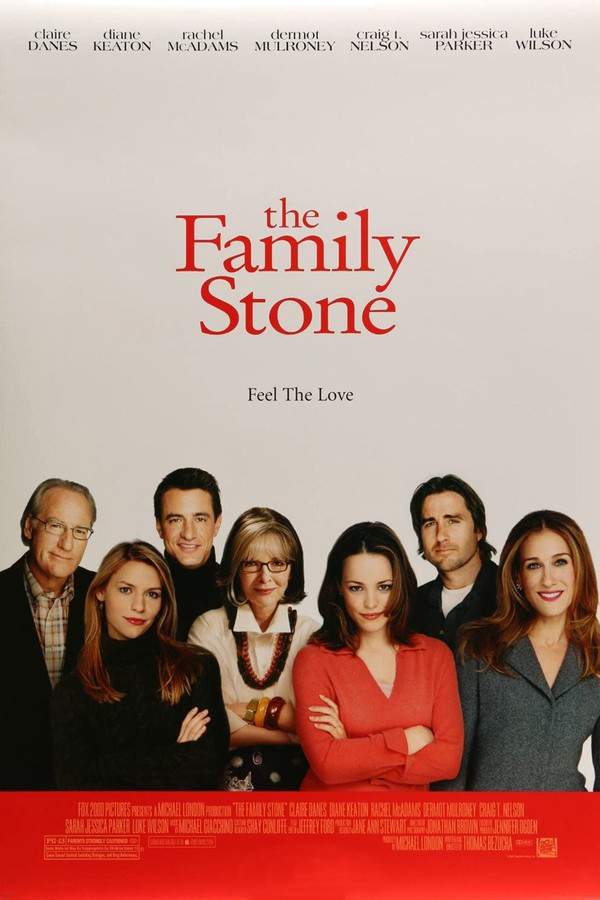


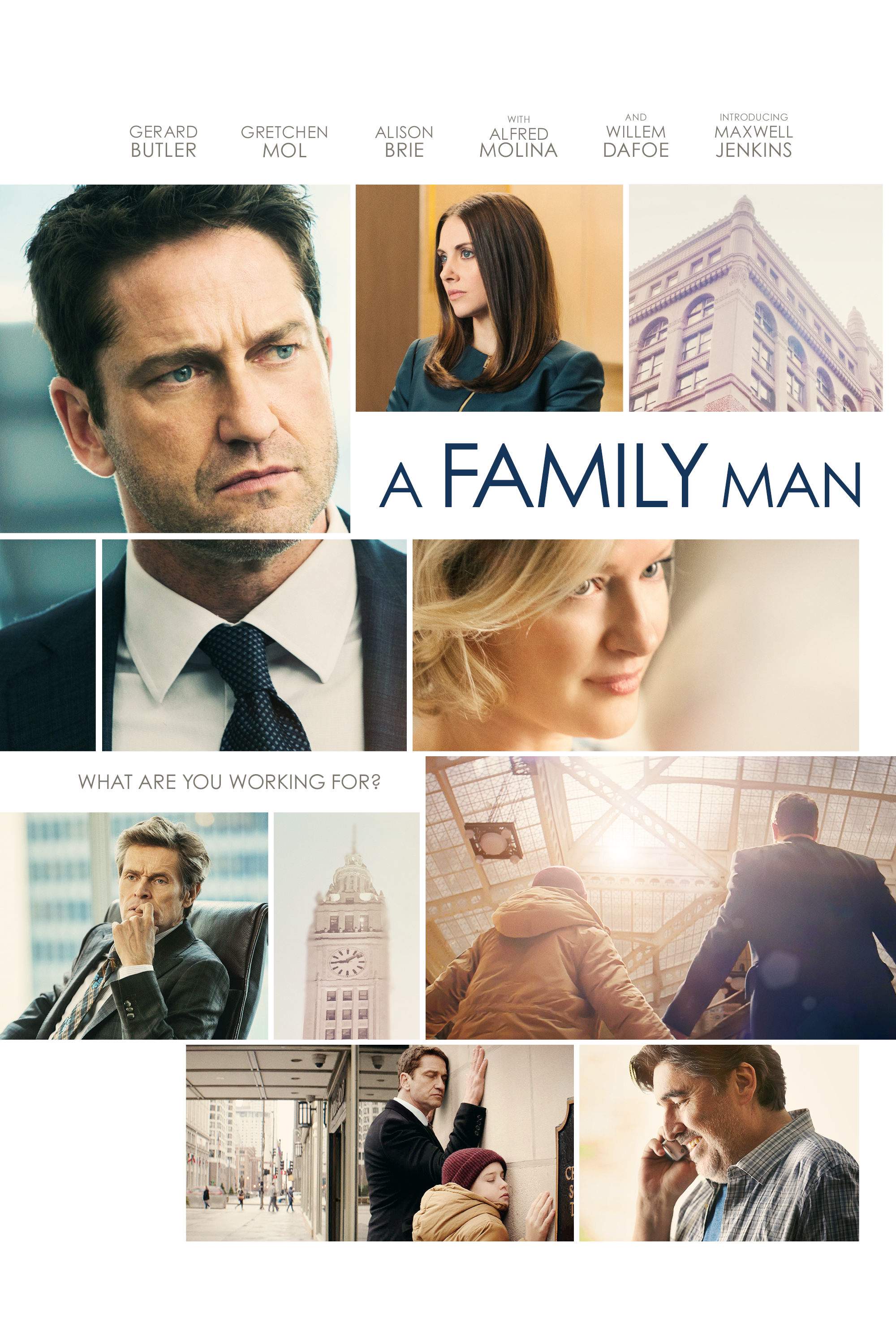
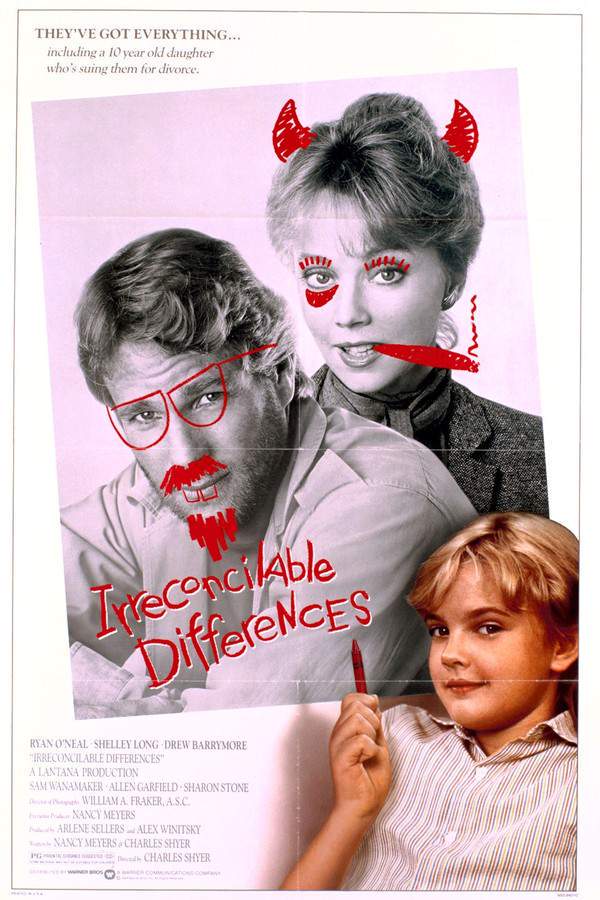








-Your Ocean-uA5M7ENES4zw9g.jpg)

